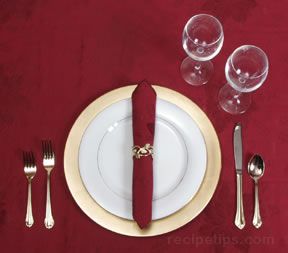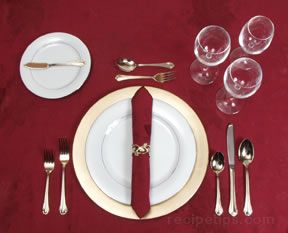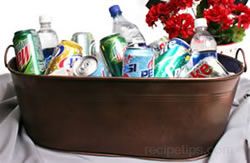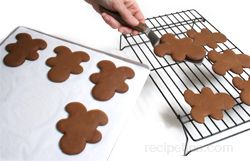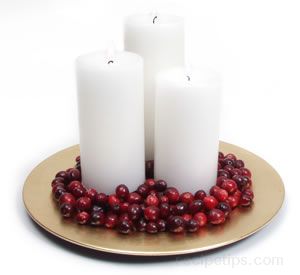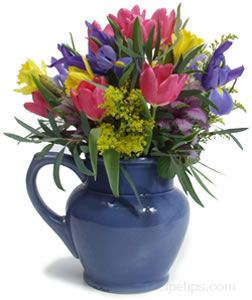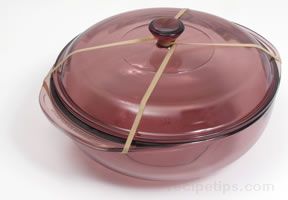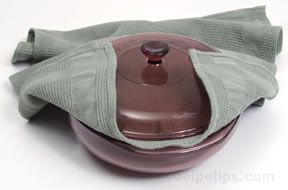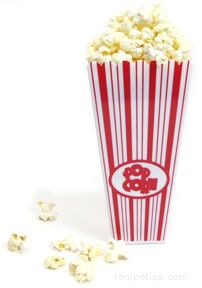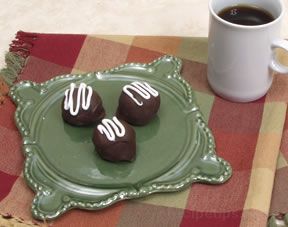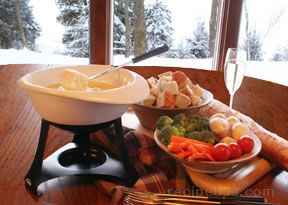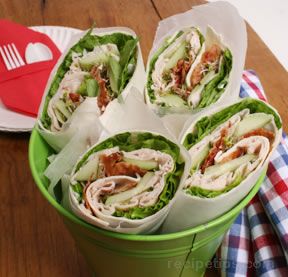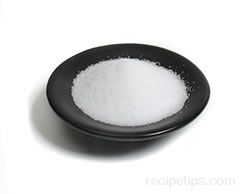|
The different types of table settings do not require different tableware. Just because you are setting a formal table does not mean you have to have expensive china. The important thing is that the tableware fits into its surroundings and that the tableware, tablecloth, napkins, centerpiece, and other accessories complement each other and looks well together. Following basic guidelines will help you end up with a table setting that is pleasing to all. See more tips and advice on entertaining.
Table SettingsGuidelines for All Table Settings | Formal Table Setting | Casual Table Setting | Buffet Table Setting
|
 |
 |
 |
 |
| Water Goblet | Red Wine | White Wine | Sparkling Wine/Champagne |
Napkin Folds
Classic Napkin Fold | Pocket Napkin Fold | Ring Napkin Fold | Accordion Napkin Fold | Tulip Napkin Fold | Cocks Comb or Bird of Paradise Napkin Fold | Peacock Napkin Fold | Snowflake Napkin Fold
Napkins are used for functionality and to add to the decor of the table. Both paper and cloth napkins can be folded to add decoration to your table. Each has its advantages and disadvantages. Paper napkins will hold their shape better because the paper holds a crease better than the cloth. They work well for napkin folds that need crisp folds for the design, but the biggest advantage is that they can just be disposed of after they have been used. When working with paper napkins it is best to use a 3 ply napkin and be sure your hands are clean and dry before working with the napkins.
Cloth napkins work well with napkin folds that have a flowing design and if a crisp edge is desired, be sure the napkin has been starched so they hold their crease better when finger pressed. They are softer and more elegant to use. They do not have the prefolded creases so they are easy to work with. They are reusable so they must be laundered, pressed and store. They should be stored flat but if they must be folded to be stored, you may want to wait to press them until just before folding for use.
Basic Napkin Folding Tips:
- Always work on a clean, dry surface when making napkin folds.
- Most designs call for a square napkin. If using a large paper napkin that is not square, trim one edge to make it square.
- Using a napkin with a right and wrong side makes it easier to follow the folding instructions.
- When folding a design that must stand on its own, avoid using cloth napkins that are all cotton or linen because they have a harder time holding a crease and will begin to unfold. A more flowing or spreading design would be best for these types of material.
For instructions on some common napkin folds, choose one of the folds shown above.

